The Impact of NADBank
on the U.S.-Mexico Border
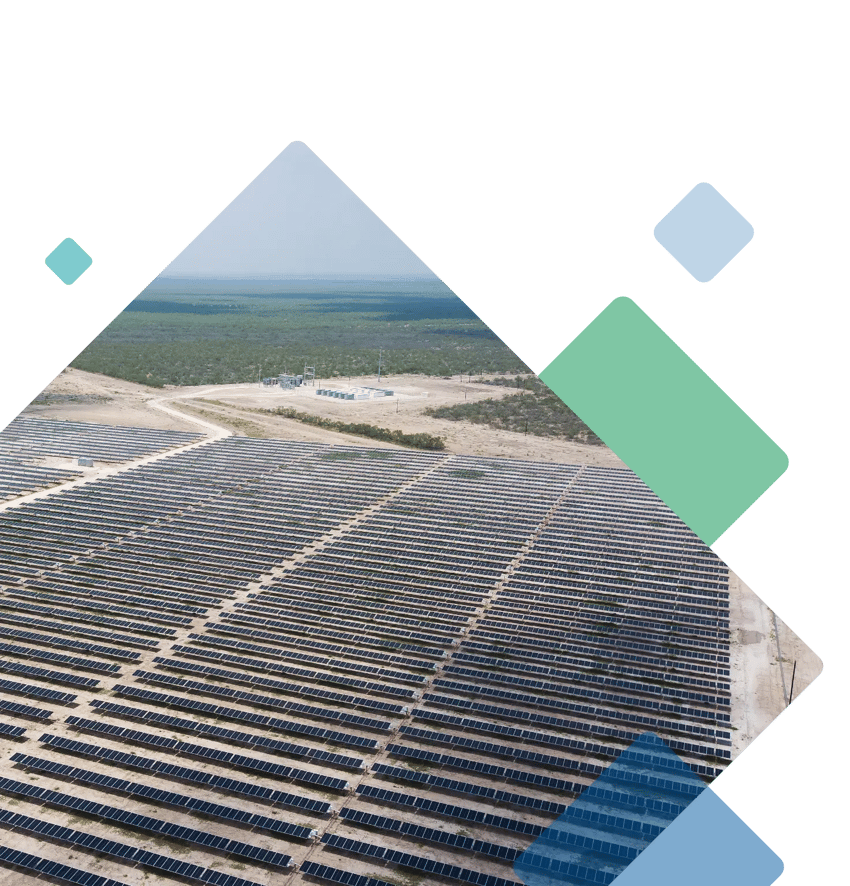
NADBank helps transform communities with infrastructure that preserves, protects and enhances the environment and boosts sustainable economic development in the border region.
Learn how the projects we fund positively impact the environment and improving the quality of life for nearly 20 million residents on both sides of the border region, contributing to the prosperity of the shared region.
Our total impact in numbers
$4.2
billion in loans and grants
Has leveraged
$12.3
billion in total investment
For each dollar invested by NADBank, two additional dollars are mobilized from other sources (a 3:1 leveraging ratio)
$3,340
million in loans
$101.8
million in grants
$745.4
million in BEIF
Project financing by state
328 financed projects as of June 30, 2025
Projects:
328
Total Investment:
$4,187
Millions of dollars
85
communities benefitted in Mexico
15.5 million
people benefitted in Mexico
- Tamaulipas - 2.0 M
- Nuevo León - 4.3 M
- Coahuila - 1.1 M
- Chihuahua - 2.7 M
- Sonora - 2.1 M
- Baja California - 3.3 M
128
communities benefitted in the United States
4.0 million
people benefitted in the United States
- Texas - 2.0 M
- New Mexico - 178,061
- Arizona - 117,406
- California - 1.7 M
Providing access to sustainable and safe drinking water, eliminating exposure to unsanitary water conditions and promoting diversification, reuse and conservation of this vital resource in this semi-arid and drought-prone region are fundamental objectives of NADBank.
Our investment in the water sector represents a third of the total financing provided by NADBank for infrastructure projects.
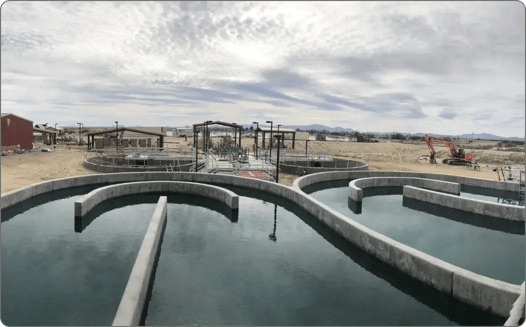
216 projects in the water sector
NADBank investment = USD $1.44 billion
188 water and wastewater
24 water conservation
4 storm drainage
Learn about the main environmental benefits in this sector
13.2
million people with better water and wastewater services in 103 communities on both sides of the border.
470
mgd of wastewater treatment capacity
162
gallons per day (mgd) of new or improved water treatment capacity increased
379,633
acre-feet/year of water savings in irrigation districts
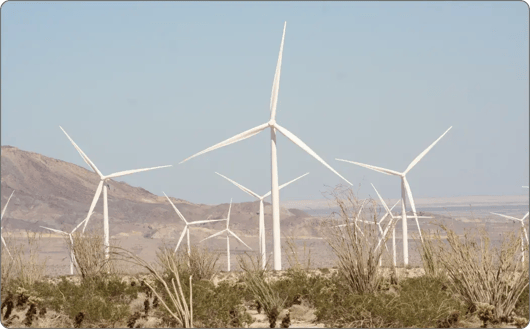
The reduction of greenhouse gas emissions and other airborne pollutants through infrastructure projects that promote the use of sustainable and efficient energy, cleaner transportation, paved streets and modernization of border crossings, are helping improve the air quality in communities along the border region in both countries.
66 projects
in air quality sector
Type
of projects
39
in sustainable
energy
6 in energy
efficiency
5
in mobility
16
in roadway infrastructure
Learn about the main environmental benefits in this sector:
10.9
million people in 65 communities with better air quality
3,530
megawatts of renewable generation capacity installed with solar plants, wind farms and biogas plants
4.9
million metric tons/year of CO2 emissions displaced, equivalent to removing 969,612 vehicles from roadways
10,057 GWh
Annual generation of energyfrom renewable sources, equivalent to the annual consumption of more than 931,573 households
13,493
tons/year of suspended particulate matter (PM10) prevented with 13 million square meters of streets paved or rehabilitated
759
megawatts of energy storage, enough to provide electricity to 1,487 homes
750
buses with cleaner technology
Proper management of municipal solid waste disposal, including recycling and waste reduction efforts to prevent soil and groundwater contamination among other benefits, are also another fundamental objective of NADBank.
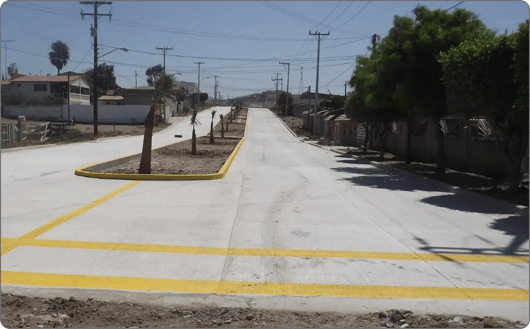
27 projects in the municipal solid waste sector
Learn about the main environmental benefits in this sector:
17
municipal sanitary landfills built or expanded
92
collection and landfill operation vehicles
13
open-air dumpsites closed
3,426
tons a day of municipal waste collected and deposited in sanitary landfills in 41 communities
Impact Assessments
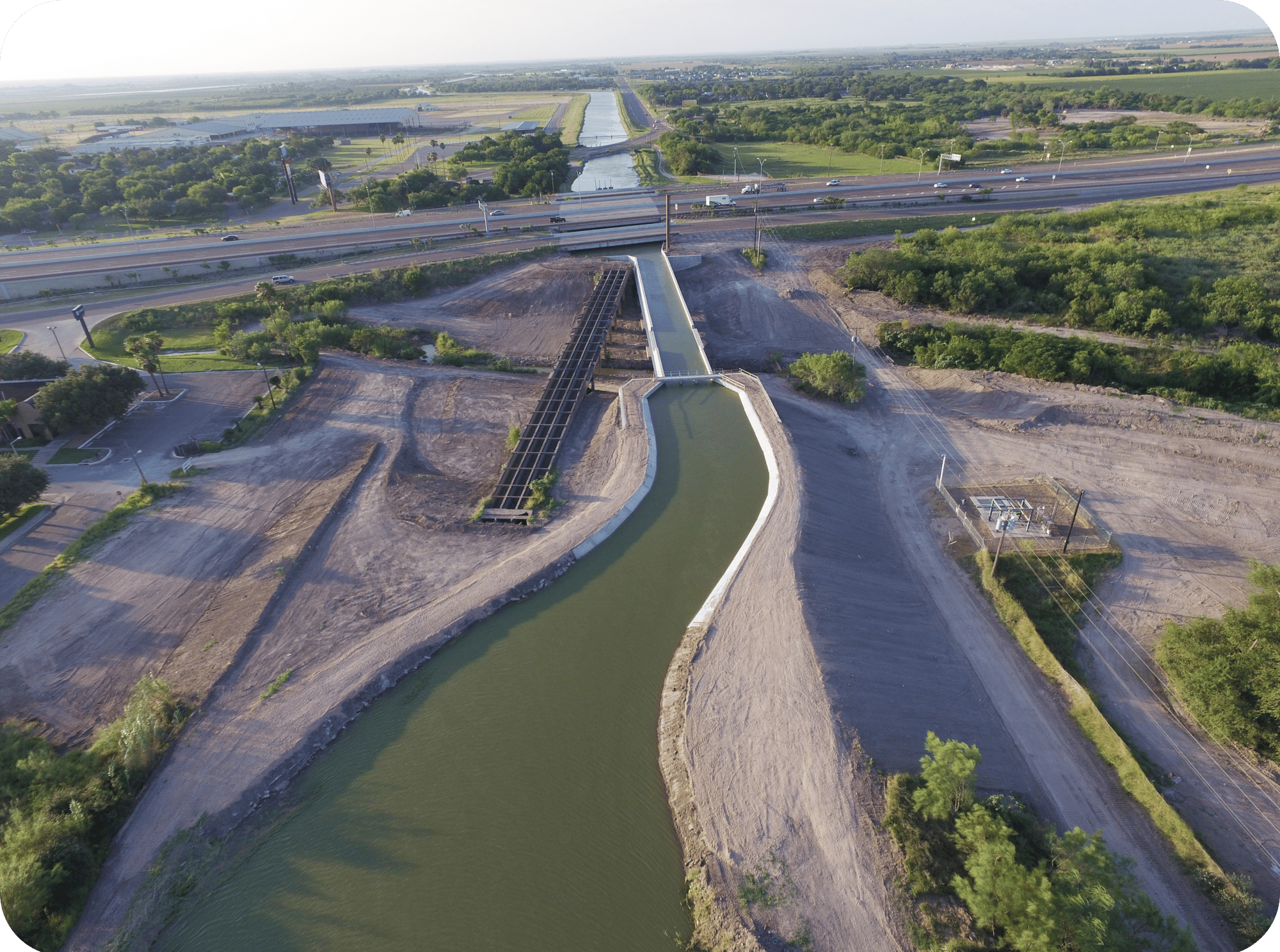
An impact assessment is performed to ascertain the actual impact of the project on specific environmental and human health indicators in the long-term. It serves to verify whether the project is having an impact beyond its physical outputs and outcomes by providing environmental and health benefits to the intended population.